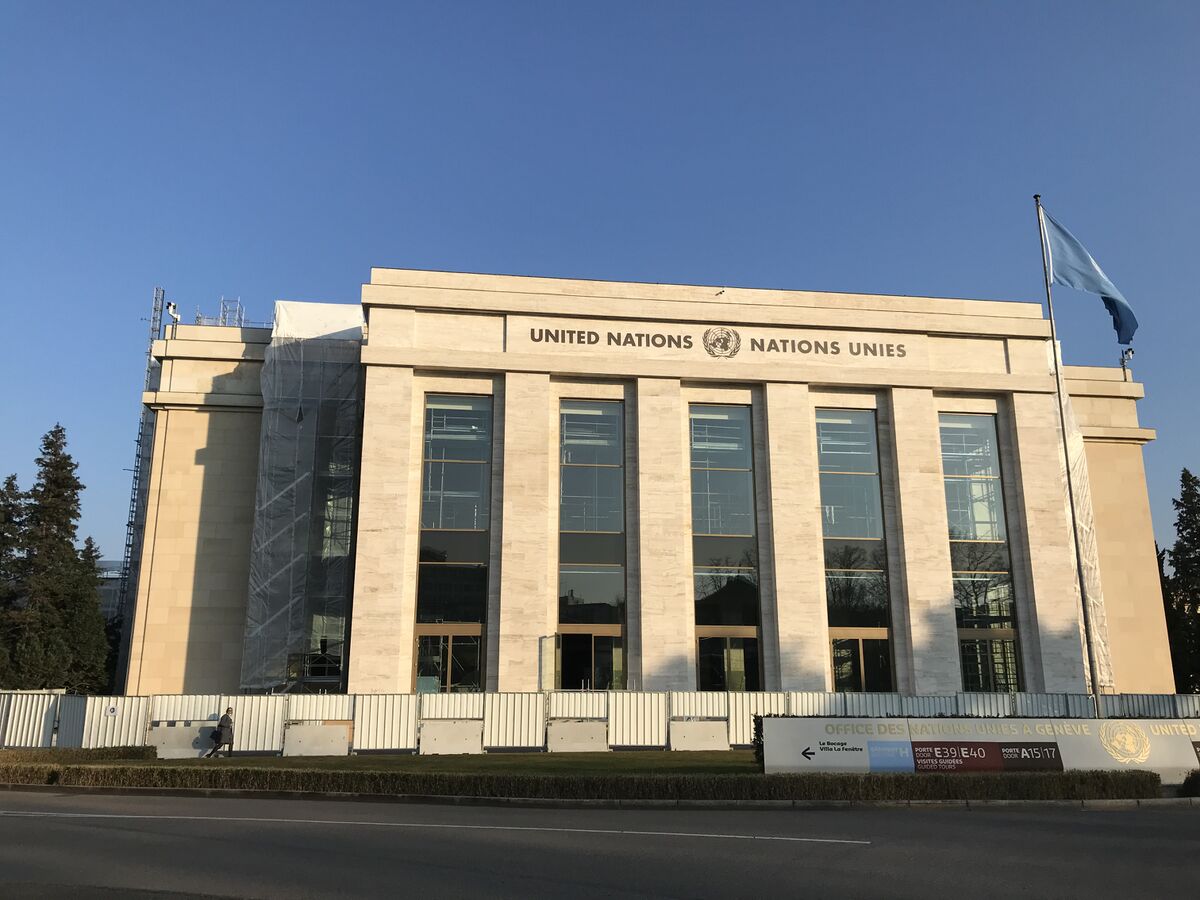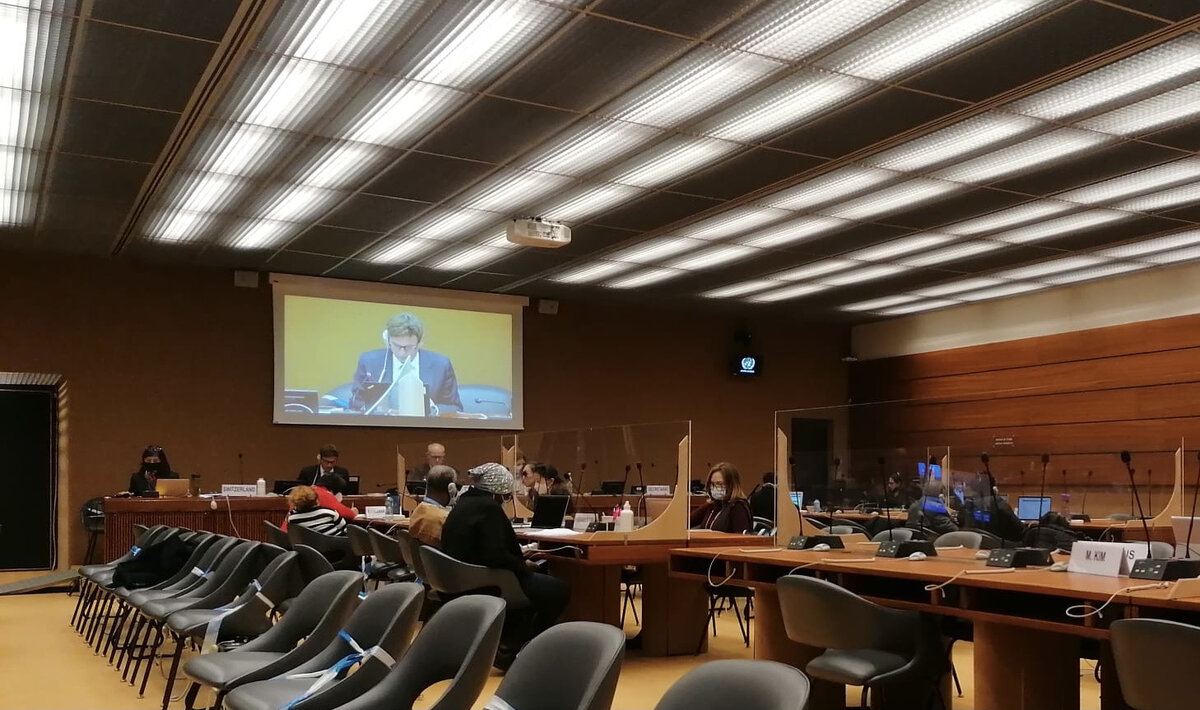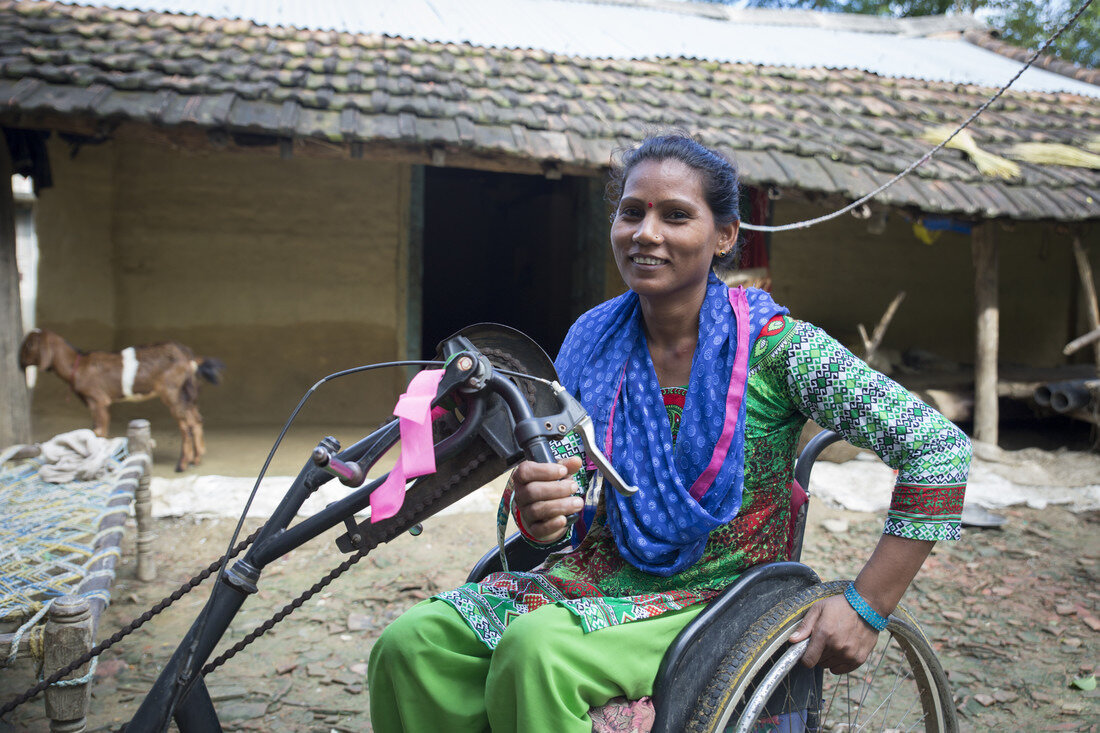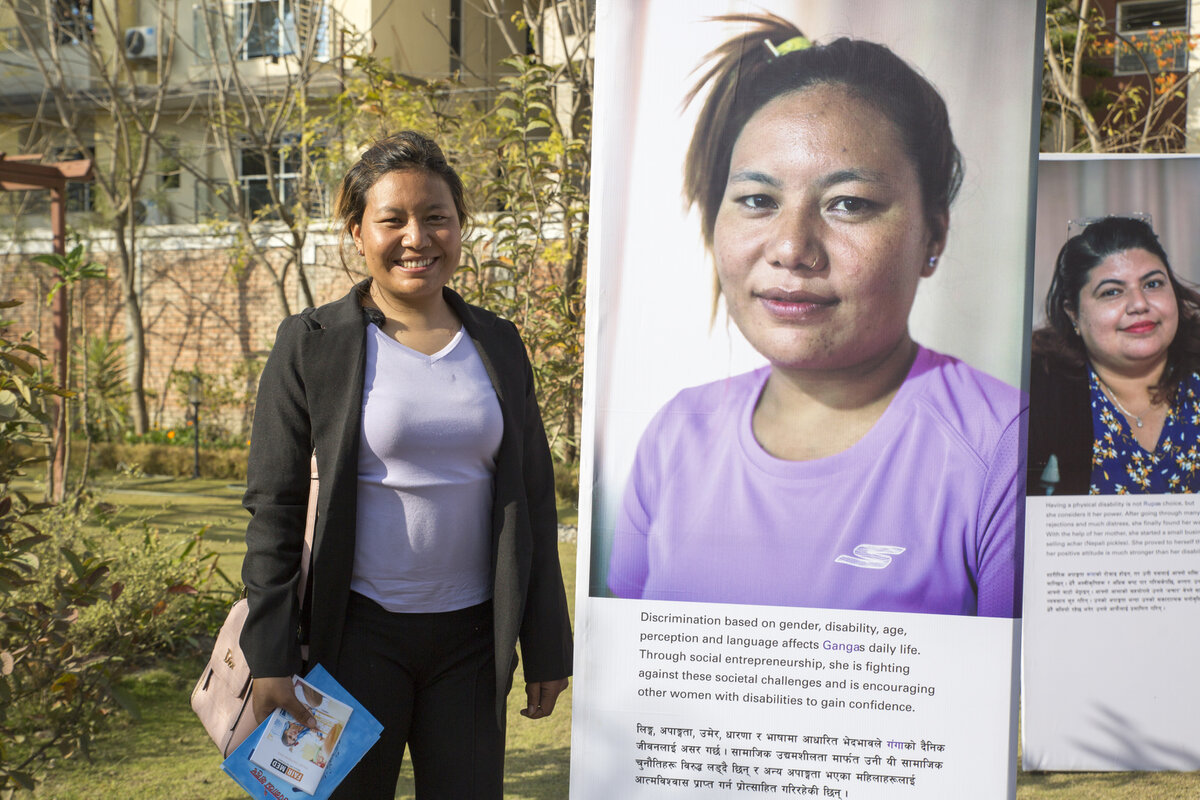- Exchange and Networking
- Knowledge and Learning
- Advocacy
- Our topics
By Chantal Baumgarten
For the first time since its ratification of the UN Convention on the Rights of Persons with Disabilities, Switzerland was reviewed on the status of its implementation both domestically and within its international cooperation. The UN Committee notes a lack of full inclusion of persons with disabilities and released several recommendations for the Swiss government. These must now be implemented and reported on by 2028. CBM Switzerland together with the Swiss Disability and Development Consortium (SDDC), closely followed the process.

Governments are regularly reviewed on the status of their adherence to and implementation of various human rights treaties they have signed on to. In March 2022, it was Switzerland’s turn to be scrutinized by the 18-international experts who are part of the UN Committee responsible for the monitoring of the Convention on the Rights of Persons with Disabilities (CRPD).
Over the course of three mornings, Committee members examined Switzerland’s implementation of the Convention both domestically and internationally. The Swiss delegation seemed prepared - maybe even too prepared – with their responses.
The review was held in a hybrid format, with a large part of the delegation participating virtually. After some seemingly never-ending technical issues from the Swiss side on the first day, the review ensued according to plan.The Committee posed numerous questions to the Swiss government on its implementation of the Convention within its international cooperation, and as a result, released several key recommendations for Switzerland.
We found Switzerland’s responses to be concise but rather general in nature, not addressing the specificities inquired by the Committee.
For example, one Committee member asks: “How does Switzerland ensure a coherent and mainstreamed approach to disability inclusion across international cooperation and ensure they do not segregate persons with disabilities?”
Another asks: “How have women and girls with disabilities been included in international cooperation and gender equality issues?”
We followed the process closely and engaged directly in Geneva. We found Switzerland’s responses to be concise but rather general in nature, not addressing the specificities inquired by the Committee.
“Switzerland has abundant natural beauty and a wealth of resources. Being ranked number 3 on the United Nations Development Index is an acknowledgement of this wealth. The essence of our dialogue is to inquire whether people with disabilities in Switzerland share in this high standard of development and enjoy all human rights and fundamental freedoms on an equal basis with others.”

There is no consistent approach to disability across Switzerland’s work internationally.
In its recommendations – also known as ‘Concluding Observations’ - for Switzerland, the Committee suggested actions within the following areas with explicit reference to implementation within Swiss international cooperation and humanitarian action:
These recommendations reflect the remaining gaps for achieving a disability inclusive Swiss development cooperation and reinforce what we have been calling for time and time again. They demonstrate that Switzerland still has some basic steps to take, notably the adoption of guidelines to ensure that all international cooperation and humanitarian programmes are disability inclusive.
These recommendations reflect the remaining gaps for achieving a disability inclusive Swiss development cooperation and reinforce what we have been calling for time and time again.

There is no consistent approach to disability across Switzerland’s work internationally. There are isolated projects on disability inclusion, but not a comprehensive approach to ensure all international programmes are disability inclusive. Such a consistent approach would also help ensure that Switzerland does not fund development projects that further the segregation of persons with disabilities. There is currently no mechanism in place to ensure that this does not happen.
The Committee reaffirmed this in its Concluding Observations, calling on the Swiss government to adopt guidelines that ensure that all international cooperation programmes are disability-inclusive and harmonized with the Convention, and do not result in the segregation of persons with disabilities.
The Committee also recommended mainstreaming the rights of women and girls with disabilities into all international cooperation and humanitarian initiatives aimed at promoting gender equality.
The Committee also recommended mainstreaming the rights of women and girls with disabilities into all international cooperation and humanitarian initiatives aimed at promoting gender equality. We, as part of the Swiss Disability and Development Consortium, raised awareness on the need for the inclusion of women with disabilities when designing and implementing development programmes. A Photovoice exhibition entitled ‘My Lens My Reality’ and an accompanying study commissioned to the University of Bern were launched at the United Nations in Geneva during the CRPD review, coinciding with International Women’s Day. The study and exhibition feature ten women with disabilities from Nepal, who illustrate the barriers and enablers to their inclusion via photographs.

“We strongly encourage international development actors, to regularly consult women with disabilities when designing and implementing strategies and programmes. For we, women with disabilities, are the experts on the issues affecting our lives.”
Switzerland must adopt a so-called ‘twin-track approach’, ensuring that Switzerland’s international cooperation efforts reach all persons including women and girls with disabilities both by mainstreaming their concerns and by targeting them.
The Swiss Government must now implement these recommendations and present progress on them during the next review in 2028. This is particularly important given the current internal reorganization of the Swiss Agency for Development and Cooperation (SDC), where disability inclusion must feature as a core responsibility. We remain committed to closely following this process and providing support where needed for the attainment of a fully inclusive Swiss development cooperation.